This article was co-authored by Sari Eitches, MBE, MD. Dr. Sari Eitches is an Integrative Internist who runs Tower Integrative Health and Wellness, based in Los Angeles, California. She specializes in plant-based nutrition, weight management, women's health, preventative medicine, and depression. She is a Diplomate of the American Board of Internal Medicine and the American Board of Integrative and Holistic Medicine. She received a BS from the University of California, Berkeley, an MD from SUNY Upstate Medical University, and an MBE from the University of Pennsylvania. She completed her residency at Lenox Hill Hospital in New York, NY and served as an attending internist at the University of Pennsylvania.
There are 11 references cited in this article, which can be found at the bottom of the page.
This article has been viewed 81,597 times.
Cluster headaches are usually very painful, so getting a diagnosis and learning how to treat them is very important. These types of headaches are similar to migraines in that they cause sudden onset excruciating pain. However, they differ from migraines in that they aren’t typically light sensitive and they often cause the sufferer to feel restless, pace around, and act desperate for relief. While the cause of cluster headaches hasn’t yet been determined, there are ways to effectively treat them. If you suffer from cluster headaches, talk to your doctor about possible treatments including oxygen, lithium, or even corticosteroids.
Steps
Getting Professional Medical Attention to Treat Cluster Headaches
-
1Inhale oxygen. If you are experiencing a cluster headache, one of the most effective methods of near-immediate relief is to inhale 100% oxygen through a mask for a brief period of time. For this method to work properly, you’ll need to inhale pure oxygen at a rate of 7 liters (1.8 US gal) per minute through a small oxygen mask attached to an oxygen tank that your doctor prescribes for you. Simply breathe normally through the mask for 5-10 minutes.[1]
- This is a very safe method of treatment with very few side effects for those who use it.
- The most challenging aspect of using this method is getting access to the oxygen in the first place. You’ll need to discuss this treatment option with your doctor so that they can prescribe you a small, portable oxygen tank and an appropriate mask.
-
2Get a triptan injection. Triptans are a kind of injectable medication that constricts blood vessels in the brain and are often used to help reduce migraine symptoms. You’ll need to contact your doctor for a triptan injection, usually administered in the doctor’s office.[2]
- These kinds of drugs are also available in tablet and nasal spray form, but are often less effective for treating cluster headaches.
- Don’t use sumatriptan (one variety of triptan medication) if you have high blood pressure or heart disease.
Advertisement -
3Try a local anesthetic taken intranasally. Some local anesthetics (like lidocaine) have proven effective as treatments against cluster headaches. This medication must be given through the nose by a doctor or other trained professional.[3]
- Speak to your doctor about this option if you are struggling with chronic cluster headaches.
Using Preventative Treatments
-
1Take a calcium channel blocker. The calcium channel blocker verapamil (usually brands Calan or Verelan) is one of the most effective lines of defense against cluster headache. It is usually taken in pill form and can be used for longer periods of time. Talk to your doctor about this possible solution.[4]
- Verapamil can usually be combined with other medications.
- Some side effects of this kind of medication include nausea, constipation, low blood pressure, and ankle swelling.
-
2Try corticosteroids. If you are having trouble with brief cluster headache periods interspersed with long periods of remission, your doctor may prescribe corticosteroids (like prednisone). These are inflammation-suppressing drugs that can be very effective in minimizing side effects of cluster headache.[5]
- However, corticosteroids can have serious side effects, so they may not a suitable long-term solution for cluster headache. If interested, discuss these side effects with your doctor.
-
3Start a lithium carbonate regimen. Lithium carbonate is a drug that is typically used to treat bipolar disorder, but has also proven effective at preventing and minimizing cluster headache symptoms when other methods have not worked. Talk to your doctor about whether or not they think lithium carbonate could work for you.[6]
- Also discuss the possible side effects of taking lithium carbonate with your doctor.
-
4Take melatonin regularly. Bad sleep patterns can sometimes trigger cluster headaches. For people who have frequent cluster headache problems, taking a small dose of melatonin each day can reduce the frequency and intensity of the symptoms. Take 10 milligrams of melatonin each evening.[7]
- Make sure that you only take melatonin at night, as it is also a sleep aid.
- As with any kind of medication or treatment, be sure to discuss it with your doctor before you start taking it.
-
5Stop consuming alcohol and/or nicotine. Those who drink a lot of alcohol or smoke a lot of cigarettes are more likely to experience cluster headaches. If you consume either of these frequently, cutting back or stopping completely may prevent you from getting as many cluster headaches.[8]
- If your cluster headaches tend to happen during a certain time of day, week, or year, consuming alcohol and/or nicotine during this time is much more likely to trigger a headache.
-
6Meditate.[9] Stress is often a trigger for cluster headaches. If you think your stress level tends to be high much of the time, you may benefit from taking a few minutes to clear your head each day. Try this, and your cluster headaches may occur less often.
- You can also participate in another activity, such as exercise, that helps you handle stress.
Diagnosing Cluster Headaches
-
1Recognize the symptoms. Cluster headaches typically strike fast – with little advance warning. They’re called cluster headaches because they tend to happen in a series – multiple times in one day, at the same time each day, or during a specific time of year. You may be suffering from a cluster headache if you feel piercing, severe, localized pain behind or around one eye.[10] Some other common symptoms include:
- Excessive tearing
- Restlessness
- Redness and/or droopiness in your eye on the affected side
- Clogged sinuses on the affected side
- Facial sweating
- Pale skin or flushed face[11]
-
2Keep a detailed record of your symptoms. Write down what kind of pain you feel, how severely you feel the pain, and where the pain is located. You should also note any other symptoms you might be experiencing that could be related to your cluster headaches.[12]
- Recording your symptoms will be very helpful when you go to discuss your condition with your doctor.
-
3Talk to your doctor. A doctor will be able to discuss your symptoms and make a plan of action for pain management. Pinpointing the cause or any triggers you may have will also be something your doctor can help with.[13]
- Your doctor may recommend that you take a CT scan or an MRI.
- Your doctor may also conduct a neurological examination to help them determine whether or not you are experiencing cluster headaches. This could include tests that gauge your reflexes, nerves, or senses.
Expert Q&A
Did you know you can get expert answers for this article?
Unlock expert answers by supporting wikiHow
-
QuestionHow can I easily make a cluster headache go away?
 Sari Eitches, MBE, MDDr. Sari Eitches is an Integrative Internist who runs Tower Integrative Health and Wellness, based in Los Angeles, California. She specializes in plant-based nutrition, weight management, women's health, preventative medicine, and depression. She is a Diplomate of the American Board of Internal Medicine and the American Board of Integrative and Holistic Medicine. She received a BS from the University of California, Berkeley, an MD from SUNY Upstate Medical University, and an MBE from the University of Pennsylvania. She completed her residency at Lenox Hill Hospital in New York, NY and served as an attending internist at the University of Pennsylvania.
Sari Eitches, MBE, MDDr. Sari Eitches is an Integrative Internist who runs Tower Integrative Health and Wellness, based in Los Angeles, California. She specializes in plant-based nutrition, weight management, women's health, preventative medicine, and depression. She is a Diplomate of the American Board of Internal Medicine and the American Board of Integrative and Holistic Medicine. She received a BS from the University of California, Berkeley, an MD from SUNY Upstate Medical University, and an MBE from the University of Pennsylvania. She completed her residency at Lenox Hill Hospital in New York, NY and served as an attending internist at the University of Pennsylvania.
Integrative Internist
References
- ↑ https://www.mayoclinic.org/diseases-conditions/cluster-headache/diagnosis-treatment/drc-20352084
- ↑ https://emedicine.medscape.com/article/1142459-treatment
- ↑ http://www.mhni.com/headache-pain-faq/cluster-headaches/treatment-cluster-headache
- ↑ https://www.mayoclinic.org/diseases-conditions/high-blood-pressure/in-depth/calcium-channel-blockers/art-20047605
- ↑ https://americanmigrainefoundation.org/understanding-migraine/treatment-of-cluster-headache/
- ↑ https://www.mayoclinic.org/diseases-conditions/cluster-headache/diagnosis-treatment/drc-20352084
- ↑ https://www.ncbi.nlm.nih.gov/pubmed/12390642
- ↑ https://my.clevelandclinic.org/health/diseases/5003-cluster-headaches
- ↑ Sari Eitches, MBE, MD. Integrative Internist. Expert Interview. 3 April 2020.
- ↑ https://americanmigrainefoundation.org/understanding-migraine/cluster-headache/
- ↑ https://www.mayoclinic.org/diseases-conditions/cluster-headache/symptoms-causes/syc-20352080
- ↑ Sari Eitches, MBE, MD. Integrative Internist. Expert Interview. 3 April 2020.
- ↑ https://www.medicinenet.com/cluster_headaches/article.htm
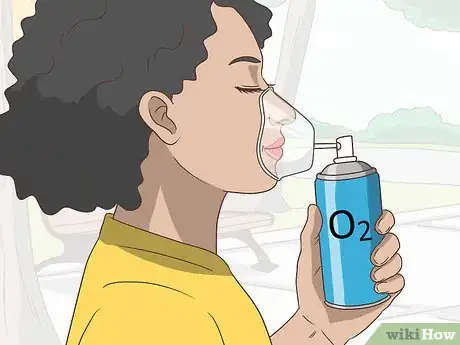









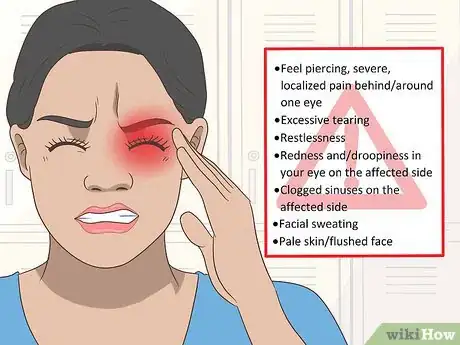



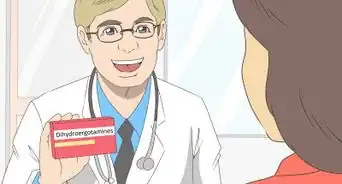
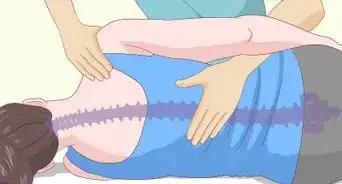
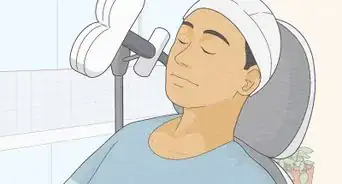
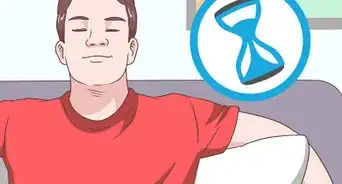
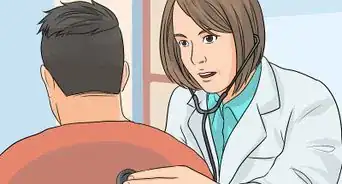

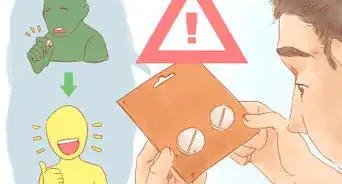
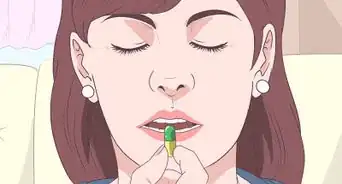
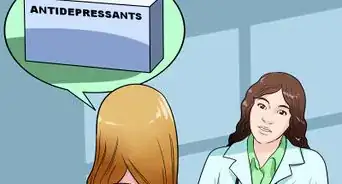

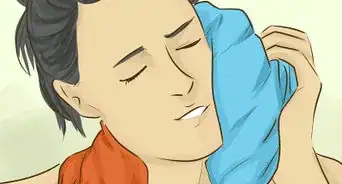
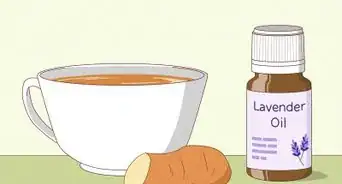
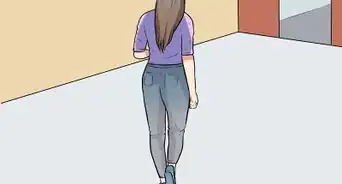








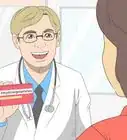

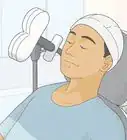



































Medical Disclaimer
The content of this article is not intended to be a substitute for professional medical advice, examination, diagnosis, or treatment. You should always contact your doctor or other qualified healthcare professional before starting, changing, or stopping any kind of health treatment.
Read More...